Table of Contents
What is Global Warming?
Troposphere, the lowermost layer of the atmosphere, traps heat by a natural process due to the presence of certain gases. This effect is called the Greenhouse Effect as it is similar to the warming effect observed in the horticultural greenhouse made of glass.
The amount of heat trapped in the atmosphere depends mostly on the concentration of “heat-trapping” or “greenhouse” gases and the length of time they stay in the atmosphere.
The primary greenhouse gases are carbon dioxide (CO₂), chlorofluorocarbons (CFCs), methane (CH4), nitrous oxide (N₂O), ozone (O3), and water vapors (H₂O). Some other gases such as nitric oxide (NO) and carbon monoxide (CO) easily react with greenhouse gases and affect their concentration in the atmosphere.
The average surface temperature is about 15°C. In the absence of greenhouse gases, this temperature would have been -18°C. Therefore, the Greenhouse Effect contributes to a temperature rise to the tune of 33°C.
The increase in mean global temperature (highest in 4000 years) due to increased concentration of greenhouse gases is called global warming.
Heat trapped by greenhouse gases in the atmosphere keeps the planet warm enough to allow us and other species to exist.
The two predominant greenhouse gases are water vapors, which are controlled by hydrological cycle, and carbon dioxide, which is controlled mostly by the global carbon cycle. While the levels of water vapors in the troposphere have relatively remained constant, the levels of carbon dioxide have increased.
Other gases whose levels have increased due to human activities are methane, nitrous oxide, and chlorofluorocarbons. Deforestation has further resulted in elevated levels of carbon dioxide due to the non-removal of carbon dioxide by plants through photosynthesis.
Warming or cooling by more than 2°C over the past few decades may prove to be disastrous for various ecosystems on the earth including humans, as it would alter the conditions faster than some species could adapt or migrate. Some areas will become inhabitable because of drought or floods following a rise in average sea level.
Effects of Global Warming:
- Global Warming is causing the melting of ice and glaciers which is leading to a rise in sea-level. As a result, the creeping up of oceans swallow low lying islands and coastal areas. The rising sea-level is causing loss of land, loss of property, and loss of lives. It may also cause large scale displacement of people which may further create a problem of rehabilitation.
- Changes in rainfall patterns- droughts and fires in some areas, flooding in other areas.
- It is damaging various ecosystems like mangrove-swamps, coral reefs, and coastal lagoons, etc. due to various reasons like reduction in pH of oceanic water and increasing deposits of acids.
- Animals and plants will find it difficult to adjust to the changing environment. Animals will tend to migrate toward the poles and toward higher elevations.
- Desertification– It is one of the key factors that may lead to enormous food security issues. Frequent tilling of land without providing for the recovery leads to loss of vegetation and soil erosion.
- Global warming itself can cause a further increase in ozone depletion in a vicious cyclical manner.
- Tropical diseases such as malaria, dengue fever, yellow fever, and encephalitis will spread to other parts of the world due to Global Warming.
Measures to Check Global Warming:
To slow down enhanced global warming the following steps will be important-
- Cut down the current rate of use of CFCs and fossil fuel.
- Use energy more efficiently.
- Shift to renewable energy resources.
- Reduce tropical deforestation and its associated global warming emissions.
- Increase Nuclear Power Plants for electricity production.
- Shift from coal to natural gas.
- Trap and use methane as fuel.
- Reduce beef production.
- Adopt sustainable agriculture.
- Stabilize population growth.
- Efficiently remove CO₂ from smokestacks.
- Plant more trees.
- Remove atmospheric CO₂ by utilizing photosynthetic algae.
- Nitrous Oxide usage can be reduced by not using nitrogen-based fertilizers.
- Carbon Sequestration– is the process of capturing and storing CO₂ which reduces the amount of CO₂ in the atmosphere with the goal of reducing global climate change. Carbon sequestration occurs naturally by plants and in the ocean. Terrestrial sequestration is typically accomplished through forest and soil conservation practices that enhance the storage carbon.
Steps were taken by the global community to fight global warming are –
- IPCC (Intergovernmental Panel on Climate Change) was formed in 1988 under UNEP (United Nations Environment Programme) and WMO (World Meteorological Organization) which now works in close coordination with UNFCCC (United Nations Framework Convention on Climate Change).
- Earth Summit, 1992 – Agenda 21 dealt with sustainable development while UNFCCC was a legally bounding convention specifically addressing the issue of climate change.
- Kyoto Protocol, 1997 – It was a specific legally binding agreement to address the problem of global warming as a part of UNFCCC and bounds the 35 industrialized countries to reduce their emissions by the year 2012 to 5 percent less than the levels prevalent in the year 1990. Clean Development Mechanism (CDM) is defined in the Kyoto protocol which provides project-based mechanisms with two objectives to prevent dangerous climate change and to reduce greenhouse gas emissions. CDM projects help the countries to reduce or limit emission and stimulate sustainable development.
- REDD+, 2007 – Reducing Emission from Deforestation and Degraded Lands + is a mitigation program under the Bali Action Plan which was conceptualized in 2007 to discuss over the post-Kyoto scenario. It was a mitigation plan for developing countries due to deforestation and degradation. It was India who proposed it. It aimed at sustainable management of the forests and enhancing forest carbon stock in developing countries.
Important Terms:
Carbon Sink– Any system having the capacity to accumulate more atmospheric carbon during a given time interval than releasing CO₂. Example: forest, soil, ocean are natural sinks. Landfills are artificial sinks.
Carbon Foot Print (CFP)– Every human activity leaves a mark just like our footprint. This Carbon footprint is the total amount of greenhouse gases produced by human activities such as agriculture, industries, deforestation, waste disposal, burning fossil fuels directly or indirectly. It can be measured for an individual, family, organization like industries, state-level, or national level. It is usually estimated and expressed in equivalent tons of CO₂ per year.
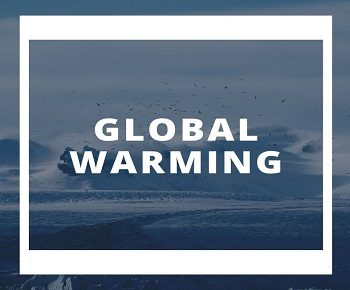
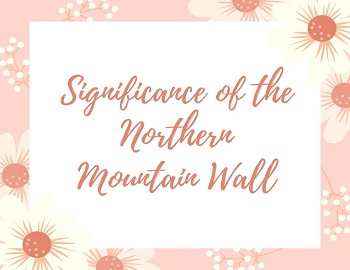


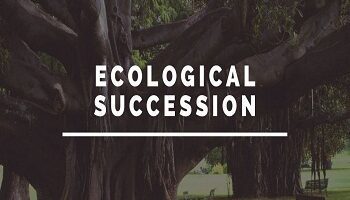
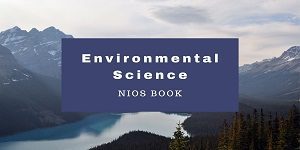
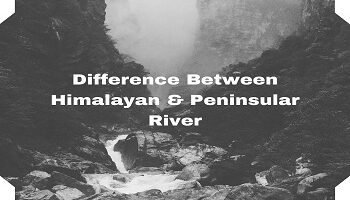
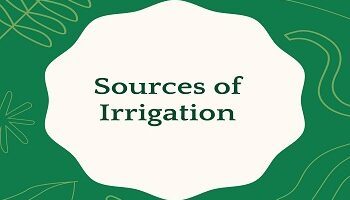
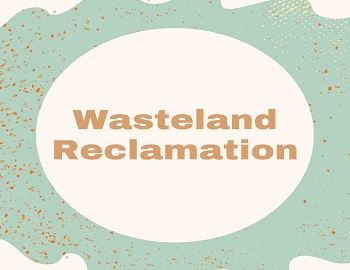
Comments (No)